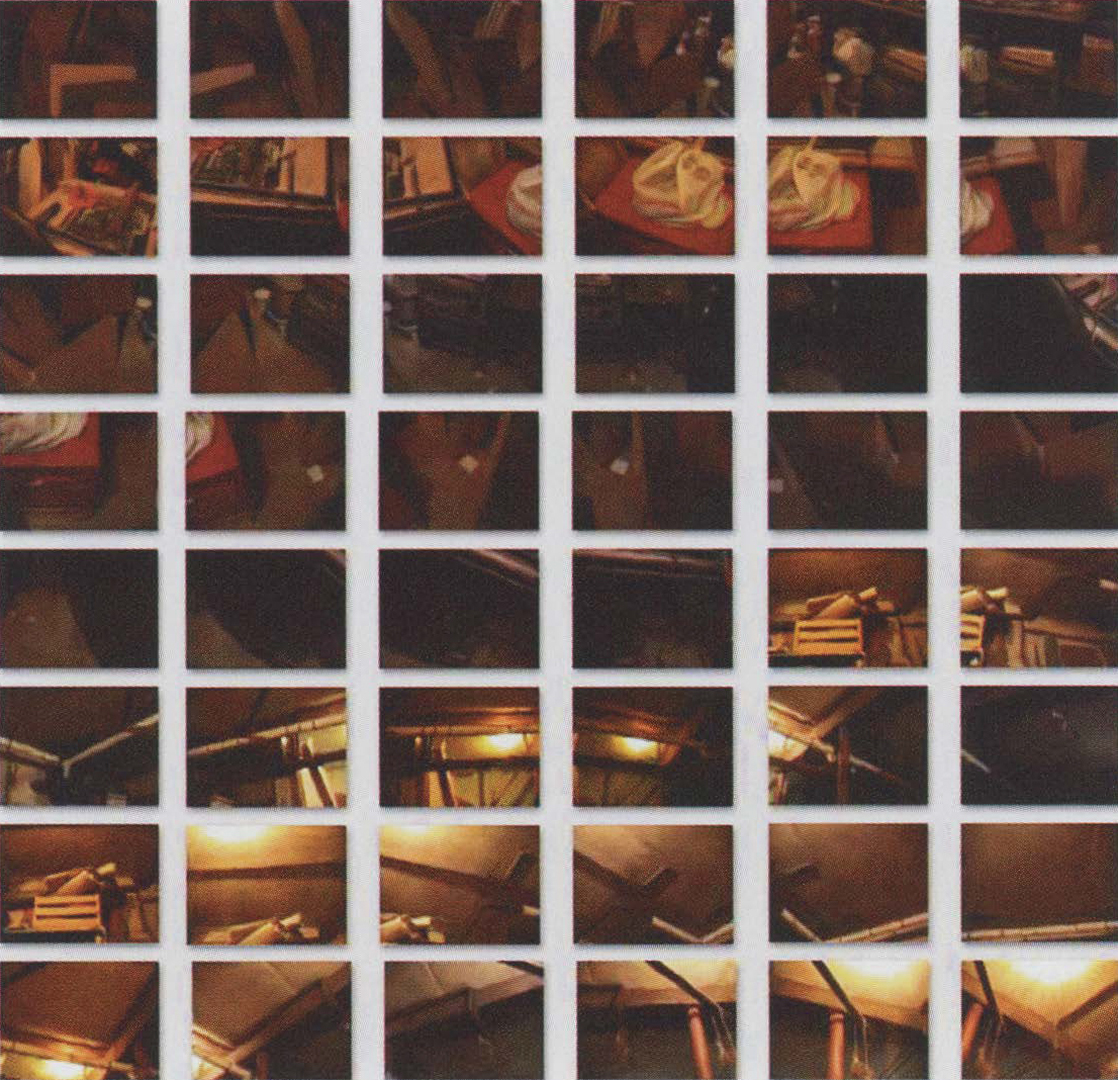Philip Sanders: Studio
Artist(s):
Collaborators:
Title:
- Studio
Exhibition:
Medium:
- Interactive networked digital media
Category:
Artist Statement:
Interactive media are the most recent in a long series of technologies affecting culture and art. Artistic expression, communication, and technology have mutually influenced each other’s development since the rise of modern human culture about 30,000 years ago. From prehistoric times until now, artists have used their workshops to develop connections between the production of art, current technology, and cultural communication.
Studio is a networked interactive piece that combines digital media including Quick Time VR panoramas, digital video, audio, and stills. It is a meditation on relationships among art, culture, and technology that lets viewers interactively explore associations connected with a studio. The piece incorporates a wide range of technology, from painting, construction, and photography through networked virtual spaces. Studio contains references to different types of artistic and technical work, such as rock art, various eras of painting, Dada, Surrealism, and Cubism, as well as contemporary workflows.
Viewers can navigate QuickTime media from the main system or remote networked computers. These interactions are displayed simultaneously on all logged-in systems. Viewers can pan 360 degrees around a panoramic view, look up and down, and zoom in or out, and follow links to other digital media. The software negotiates differing levels of control between viewers at the primary computer and viewers who are connected across the network.
Technical Information:
Studio was produced using digital sketching, painting, 2D and 3D imaging, image editing/processing, photography, and video. Authoring consisted of construction of interactive Quick Time media including QTVR panoramas, creation of an interactive user interface, and implementation of network and server technology.
For networked interactions, Flash is embedded in an HTML file and communicates via XML packets through a server. This triggers JavaScript functions that talk to QuickTime media on each page, resulting in communication among and simultaneous effects on all systems.





